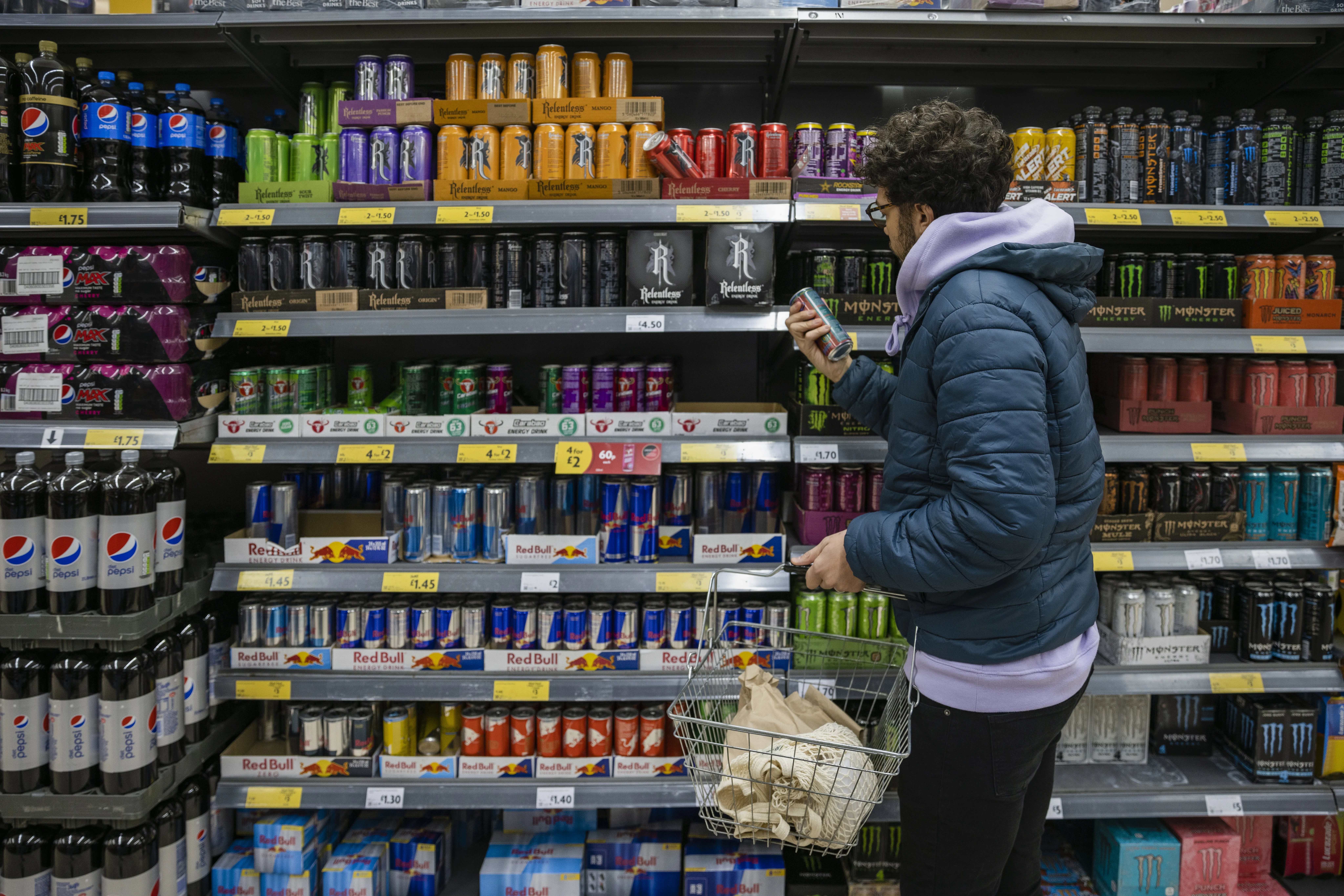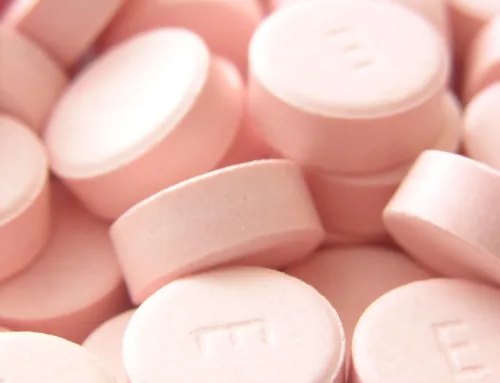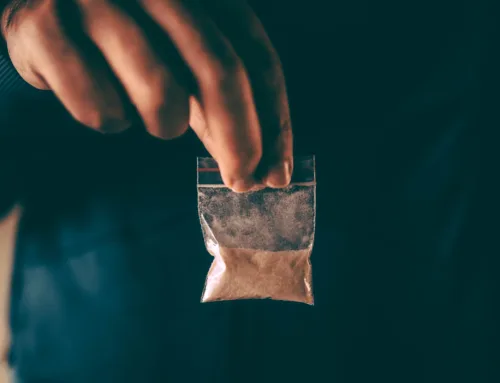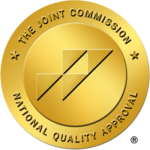“Feel Free”: What’s Really Inside the Gas Station Mood Booster?
It’s showing up in TikToks, gym bags and gas station coolers across the country. The tiny blue bottle labeled Feel Free claims to enhance productivity and calm the mind—but behind the wellness branding is a growing concern in addiction and recovery circles.
Feel Free contains kratom and kava, two powerful plant-based substances with psychoactive effects. While often marketed as “natural alternatives” to alcohol or energy drinks, these ingredients have a darker side: growing reports of dependence, withdrawal symptoms and mounting ER visits.
At Freedom Detox & Recovery Center, we’re seeing a new wave of individuals seeking help not for alcohol or opioids—but for this seemingly harmless drink.
A Social Media-Fueled Trend
The rapid rise of Feel Free isn’t happening by accident. The drink has gone viral, with influencers and lifestyle accounts promoting it as a productivity booster or a natural alternative to anxiety meds. Videos with hashtags like #feelfree, #kratomlife, and #plantpower have garnered millions of views, often portraying the drink as a safe shortcut to energy, creativity and calm.
But what these posts don’t show are the stories of people who became dependent after daily use—or who suffered withdrawals after trying to quit. The spread of misinformation and lack of regulation has led to growing confusion about the safety of products like Feel Free.
What’s Actually in Feel Free?
The drink’s two active ingredients may be legal in many states, but they aren’t risk-free:
- Kratom (Mitragyna speciosa) interacts with opioid receptors in the brain, producing both stimulant and sedative effects.
- Kava (Piper methysticum) is known for its calming properties but has been linked to liver damage and long-term health risks.
According to the Centers for Disease Control and Prevention, kratom has been linked to over 90 overdose deaths in recent years, often in combination with other substances—but not always. Even by itself, kratom can cause intense withdrawal symptoms, especially when used regularly.
Dependence Can Develop Quickly
At first, Feel Free may offer a mild energy boost or mood lift. But with repeated use, the body can become dependent—particularly on kratom. Over time, users often find themselves needing multiple bottles per day just to function.
Common signs of dependence include:
- Feeling anxious or irritable without the drink
- Needing more over time to feel the same effect
- Physical symptoms like insomnia, muscle aches or nausea when not using
Many users don’t realize they’ve developed a problem until they try to stop—and that’s where things can get dangerous.
Why You Shouldn’t Detox Alone
Kratom withdrawal can be intense, with symptoms that resemble opioid withdrawal: chills, vomiting, anxiety, depression and overwhelming cravings. Detoxing at home without medical supervision is not only uncomfortable—it can be unsafe, especially for individuals with other health conditions or those mixing substances.
At Freedom Detox & Recovery Center, we offer a safe, supportive environment where clients can detox from kratom and kava under 24/7 medical care. Our team understands the unique challenges of these substances and tailors detox plans to each individual’s needs. We help manage withdrawal symptoms, reduce cravings and prepare each person for long-term recovery.
Take Control Before It Takes Over
The marketing behind Feel Free makes it easy to underestimate its risks. It looks like a harmless wellness drink—but its effects on the brain and body can be serious, even life-altering. If you or someone you care about is caught in a cycle of daily use, know this: help is available, and recovery is possible. Contact us today, our team is here to help you safely detox and start fresh.





